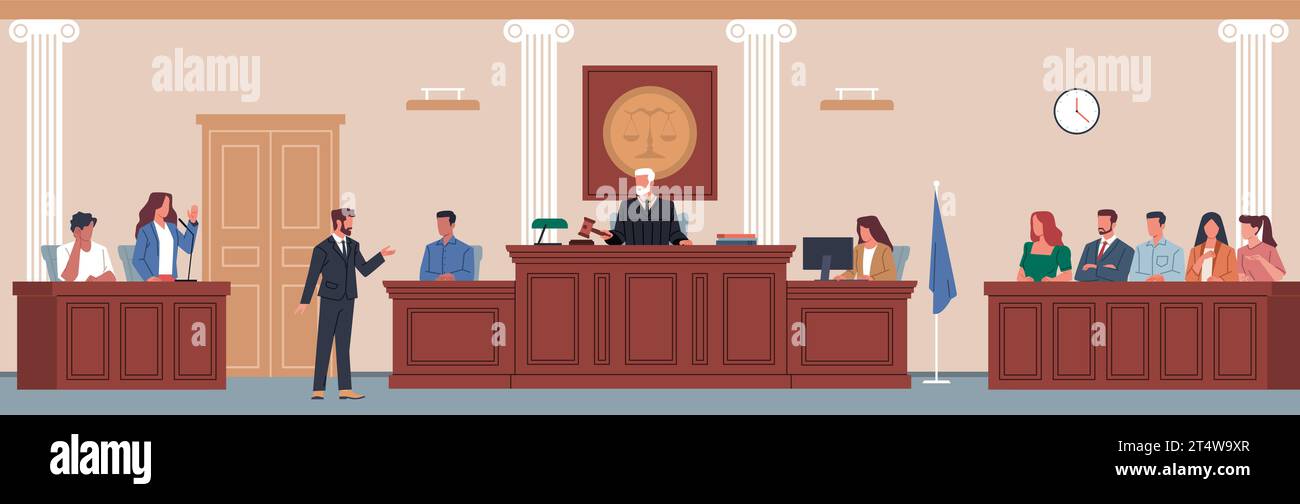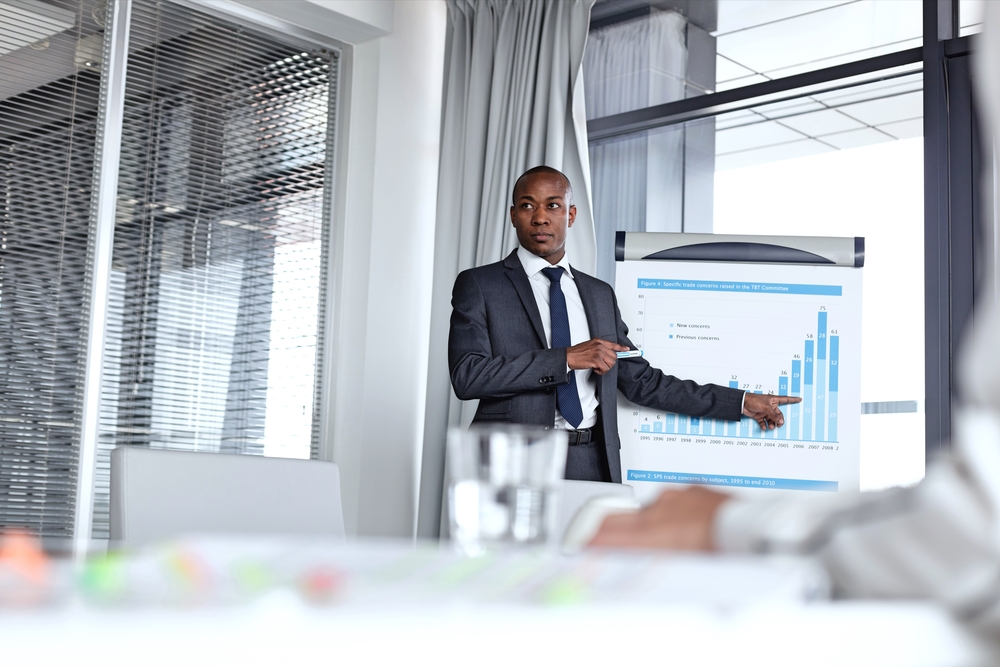Trial Presentation Enhancing Legal Cases with Visual Evidence Support
Trial Presentation Enhancing Legal Cases with Visual Evidence Support
Blog Article
Captivate the Court: Vital Elements of a Powerful Test Presentation
Essential aspects such as recognizing the target market, crafting a compelling narrative, and mastering spoken and non-verbal communication are critical components of a reliable discussion. As these elements link, they develop a natural technique that not only notifies yet also involves jurors on numerous levels.

Comprehending Your Audience
Recognizing your audience is an essential aspect of reliable test discussion. An effective discussion depends upon the capability to understand the demographics, worths, and proneness of jurors. This understanding educates just how arguments are framed, proof exists, and sob stories are crafted, ensuring that the message reverberates with the jurors on a personal level.
Research indicates that jurors originated from varied backgrounds and might have differing levels of understanding relating to legal proceedings (trial presentation). Hence, it is essential to prevent lawful lingo that might push away or puzzle them. Instead, employing clear, relatable language promotes involvement and comprehension. Additionally, recognizing the jurors' possible prejudices and life experiences enables the trial presenter to anticipate objections and address worries proactively.
Efficient trial discussion additionally involves observing jurors' responses throughout the proceedings. Involving with jurors as individuals instead than a cumulative unit is vital in cultivating a solid link in the court room.

Crafting an Engaging Narrative
Crafting a compelling narrative is crucial in leading jurors via the intricacies of an instance. A well-structured story not only simplifies detailed legal concepts however also involves jurors on an emotional level, making the information a lot more relatable and memorable.
To accomplish this, lawyers should begin by identifying the core message they desire to convey. This message should reverberate with the jurors' worths and experiences, cultivating a connection that goes beyond simple facts. The narrative ought to unfold practically, presenting occasions in a clear sequence to stay clear of confusion. This chronological approach can aid jurors comply with the development of occasions, emphasizing reason and effect.
Integrating human components-- such as personal stories or stories-- can even more boost the story's impact. These components stimulate empathy, allowing jurors to visualize the repercussions of the case on realities. Furthermore, utilizing a constant style throughout the discussion enhances the primary debate, making it less complicated for jurors to retain crucial points.
Ultimately, a compelling narrative transforms a test presentation from a mere address of facts right into a convincing tale that mesmerizes the jury, encouraging them to mull over with both reason and emotion.
Making Use Of Visual Aids
Including visual aids right into a trial discussion can considerably boost jurors' understanding and retention of info. Visual materials such as graphes, layouts, photographs, and video clips can change complicated legal concepts and proof into easily absorbable layouts. By engaging multiple senses, these help enable jurors to picture the case's crucial elements, making it simpler for them to follow along and grasp detailed information.
Additionally, well-designed visual help can highlight essential points and emphasize connections in between different items of proof. For instance, timelines can properly show the sequence of occasions, while annotated images can make clear particular information pertinent to the situation. This not just aids in understanding but additionally strengthens the story presented by the attorney.
It is vital, nevertheless, to guarantee that visual help matter, clear, and expertly offered. Excessively complex or messy visuals might bewilder jurors and interfere with the message. When utilized carefully, visual help serve to complement the oral arguments and enhance the total effect of the test presentation. Ultimately, reliable visual communication can more information be an effective device in convincing jurors and helping them get to notified final thoughts.
Grasping Verbal Interaction
Efficient spoken interaction is crucial in a trial discussion, as it functions as the primary ways whereby attorneys share their debates and attach with jurors. Mastering this skill entails quality, persuasion, and engagement. Attorneys must express their factors clearly and briefly, staying clear of legal jargon that may confuse jurors. Simpleness in language fosters understanding and assists jurors realize complicated concerns presented wikipedia reference during the trial.
Moreover, tone and pacing significantly impact exactly how messages are gotten. A confident tone communicates authority, while suitable pacing allows jurors to soak up information without really feeling overwhelmed. Lawyers ought to also vary their vocal inflections to emphasize vital factors and preserve jurors' passion throughout the presentation.
Furthermore, the organization of spoken debates is vital. Structuring the narrative logically and coherently helps jurors comply with the attorney's logic, making it simpler for them to keep crucial info. Making use of persuasive methods, such as narration, can additionally enhance the emotional vibration of the disagreements presented, consequently creating an extra profound link with jurors.
Ultimately, understanding verbal interaction not only you can find out more reinforces a lawyer's situation but likewise cultivates depend on and connection with the jury, considerably enhancing the chances of a desirable decision.

Engaging With Body Language
Nonverbal communication plays a vital function in test discussions, often conveying messages that words alone can not reveal. Body movement, incorporating motions, position, faces, and eye contact, significantly affects how jurors view the integrity and genuineness of the speaker. A certain position, with shoulders back and an open pose, can instill depend on, while closed-off body language might suggest defensiveness or unpredictability.

Faces ought to reflect the feelings linked with the situation, enhancing the narrative being offered. An honest expression during an emotional moment can generate empathy and enhance the emotional allure. Inevitably, grasping body language is crucial for efficient trial presentations, as it enhances verbal interaction and establishes a compelling visibility that resonates with the court.
Final Thought
In conclusion, mesmerizing the jury requires a strategic technique that encompasses recognizing the target market, crafting a compelling narrative, using aesthetic help, understanding verbal communication, and involving through body movement. Each element plays a critical role in developing a powerful test discussion that reverberates with jurors on both emotional and intellectual levels (trial presentation). By integrating these parts properly, attorneys can considerably improve their capacity to persuade and affect court decision-making
Report this page